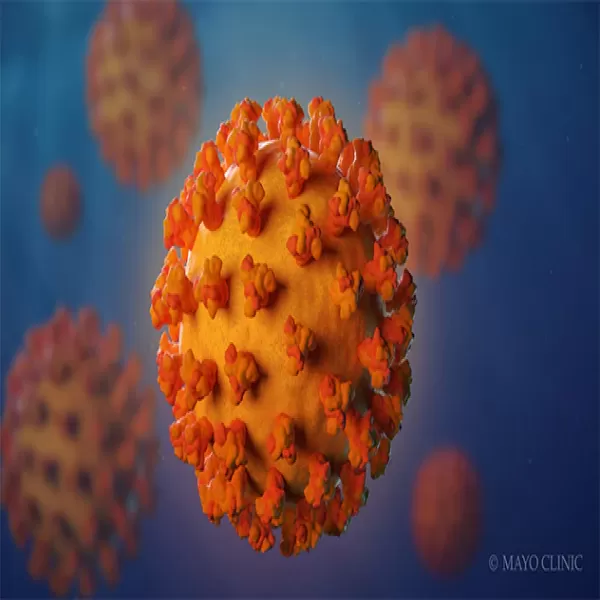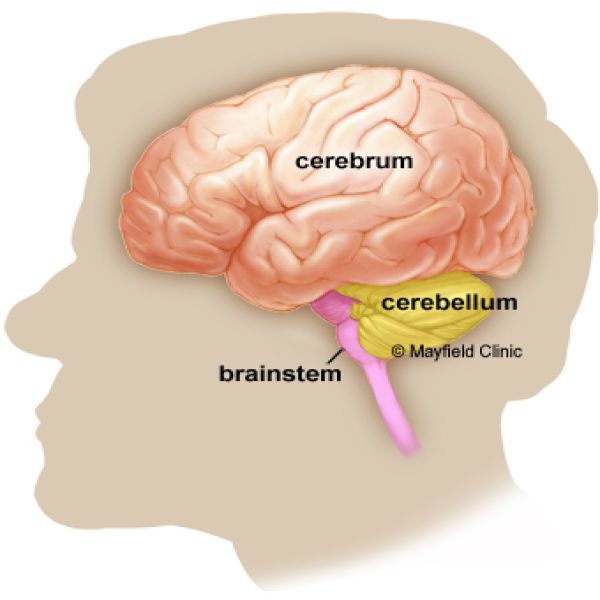Related Topics
-

Melasma
Melasma is a common hyperpigmentation disorder found predominantly in women, resulting primarily from ultraviolet (UV) exposure and hormonal imbalances.
-

Helonius Dioica
In homeopathy helonius is indicated for weakness after mental and physical labour. It is also prescribed for uterine atony following miscarriage, abortion and for diabetes also.
-

Do autoimmune thyroid diseases increase the risk for thyroid cancers?
Recent FNAC studies have clearly demonstrated an independent risk for thyroid malignancy conferred by both TPOAb and TgAb, confirming the role of increased TSH levels, and found a significant association between Papillary Thyroid Carcinoma and Anti Thyroid Antibodies and diffuse lymphocytic infiltration at histology. See the details below
-

Hypericum in mental diseases
Hypericum is a homeopathic drug, effective in managing various forms of mental llnesses such as anxiety,depression etc.
-

Hypericum perforatum in neuro psychiatric disorders- research updates
H. perforatum decreases oxidative stress and consequently prevent neurotoxicity, inflammation, and gastrointestinal problems.It has some role in managing depression too.
-

Hypericum perforatum in injuries &pains
Hypericum is one of the crucially important medicines used in homeopathy for mechanical injuries of spine. Spinal concussions and neuralgias.It has great role in wound healing also.
-

Bioterrorism Diseases & Awareness of hand hygiene for healthcare professionals
Bioterrorism agents are pathogenic organisms or biological toxins that are used to produce death and disease in humans, animals, or plants for terrorist purposes. Bioterrorism agents can be separated into three categories, depending on how easily they can be spread and the severity of illness or death they cause. According to centre for disease control and prevention certain agents are recognized as easily transmissible from person to person and cause high to moderate mortality rate.












Female androgenetic alopecia of male pattern (FAGA.M)-
Female androgenetic alopecia of male pattern (FAGA.M)- This type of hair loss is closely linked with hyperandrogenism or high levels of male sex hormones [testosterone] in women due to a specific type of ovarian tumour known as ovarian thecoma.